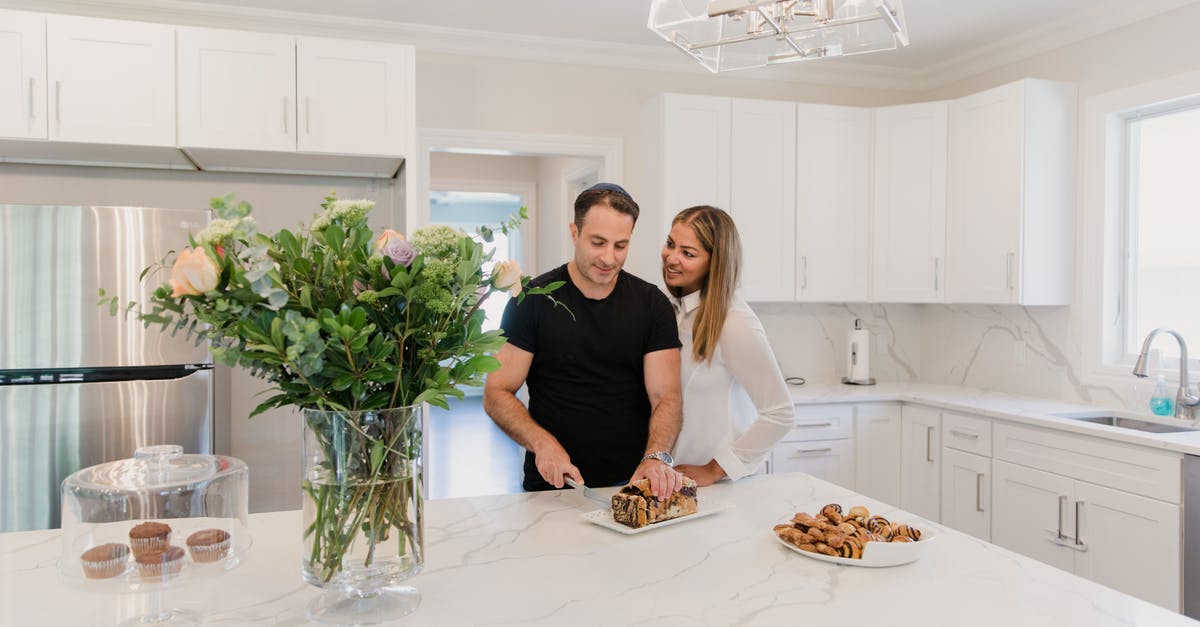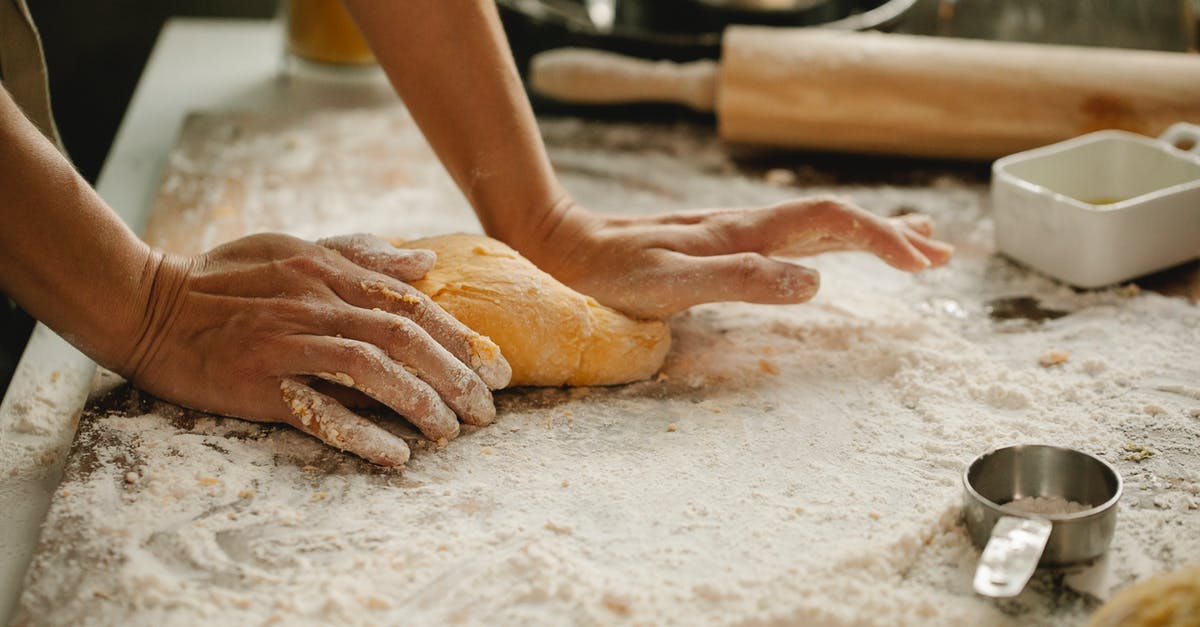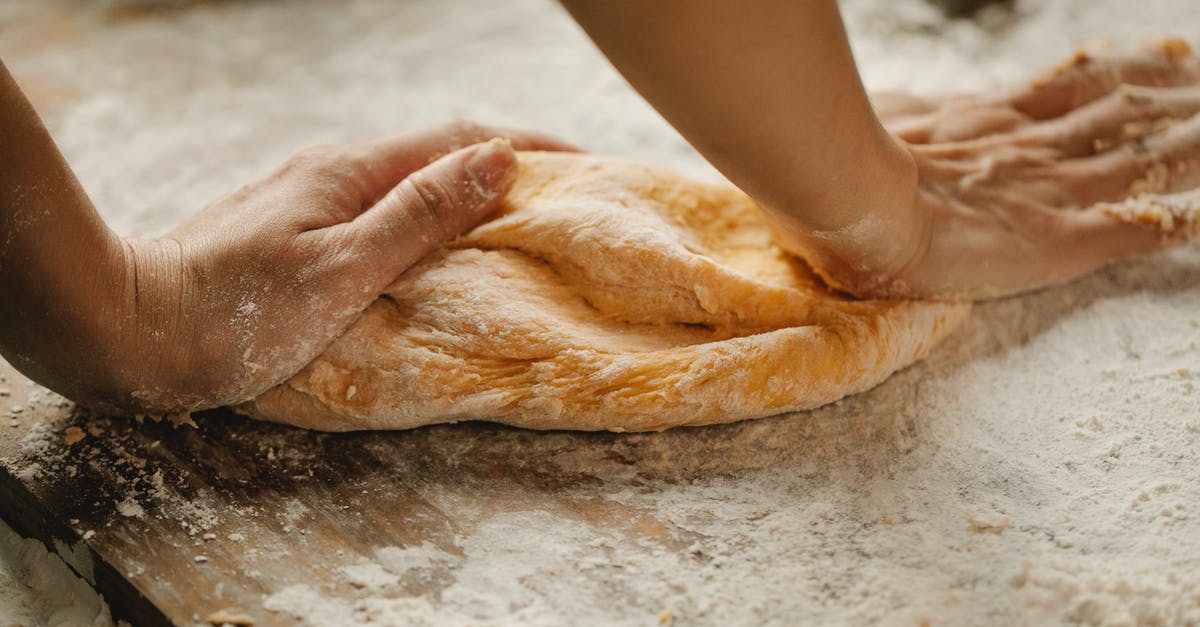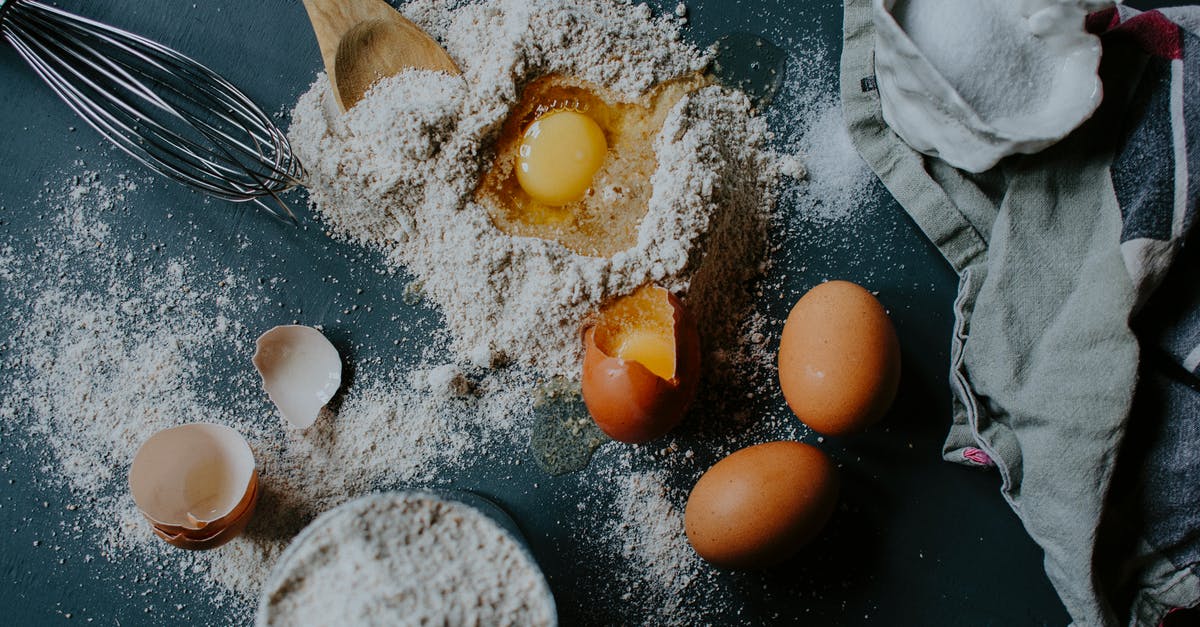Long-rising/no-knead enriched breads?

As far as I know, the fundamental thing that makes no-knead bread work is a high hydration, a small amount of yeast, and a very long rise. This is my understanding as derived from Jim Lahey's recipe, (and described and publicized in the New York Times).
However, sometimes I want a softer bread with a different flavor, the sort you get by adding milk and/or eggs, but I still don't want to knead. Challah, soft rolls, and so on. Is it safe to leave a high-hydration enriched dough out to rise for half a day or more? I'd rather not try it, for fear that the smell of yeast masks the smell of spoilage until after I've eaten a slice. Alternately, can no-knead breads be made some other way?
Best Answer
This is a wonderful occasion for a cold rise!
There are two main methods to prepare yeast doughs, warm or cold. The first is probably what you are familiar with - lukewarm liquid, a cozy spot for the dough and after one or two hours your dough is ready for the oven. The second is actually what many bakers prefer: A dough with a very small amount of yeast is prepared with cold ingredients and rests overnight, sometimes even for a few days, in the fridge. During that time, the bread can develop a lot of flavour and the yeast taste is far less pronounced.
To adjust a standard recipe, reduce the yeast to 1-2% for fresh cake yeast or 0.4-0.1% for dry yeast of your flour weight (yes, that's very little, compared to what you are probably used to) and use cold liquid. After kneading, the dough is put to rest in the fridge overnight - the cold environment means you need not be super exact, an hour or two more or less won't matter. After shaping, the dough is set aside for the second rest at room temperature, during which you preheat your oven and stone / dutch oven, if using.
For the no-knead recipe in your example, I suggest starting with the yeast amount given, but instead of resting on the counter, give it at least twice the time in the fridge, probably more. My favourite baguette with roughly the same ratios as your recipe gets 1 hour on the counter (with a stretch and fold or two) before it goes into the fridge for 48 hours (and will turn out just fine after 24 or even 72 hours).
You can enrich the dough to your liking, milk or butter won't be a problem in the fridge.
- If you add eggs, just mix them with the other liquids and proceed as you would without them. No-knead works fine.
- For very buttery doughs (Hefezopf, Brioche), I suggest making it a bit wetter than usual, the butter firms up the dough and can restrict the cold rise, but that's not really a problem. In this case, no-knead won’t work as you need to incorporate the fat into the dough. The cold dough is smooth, firm and wonderful to work with.
Pictures about "Long-rising/no-knead enriched breads?"



Can no-knead bread rise too long?
No-knead bread plays well with amateur bakers so do not be intimidated by the steps. This recipe is really forgiving (a.k.a. hard to mess up). Even if you let it rise too long or add too much water, odds are, you are still going to end up with a good loaf of bread.Does enriched dough take longer to rise?
Enriched dough requires a little more work than normal bread might, and takes longer to rise, but it's well worth the effort. The addition of fat and sugar lend the bread a tender, yellow crumb, and a soft, deeply coloured crust.How do you make no-knead bread rise higher?
This is achieved by using a water pan with a kitchen towel in it for slow steam release, preheating the oven slightly higher than the baking temperature, and spraying a bit of water in the walls of the oven after the bread is in. Proper scoring improves the oven spring and, hence, the openness of the bread's crumb.How do you make enriched dough rise?
Use these strategies for the best results.Overnight No Knead Bread | with commercial yeast | Beginner recipe | In For The Food
Sources: Stack Exchange - This article follows the attribution requirements of Stack Exchange and is licensed under CC BY-SA 3.0.
Images: RODNAE Productions, Klaus Nielsen, Klaus Nielsen, Flora Westbrook
